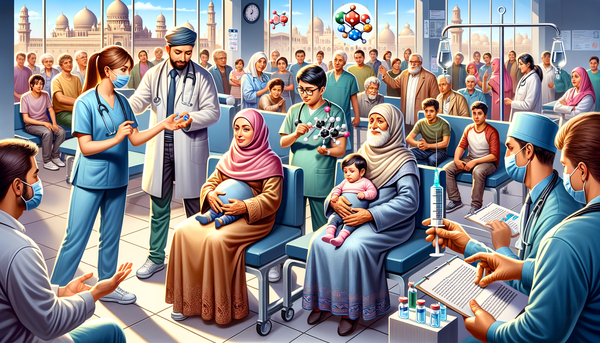Scientists Identify and Map Thousands of High-Risk Cancer Gene Variants

Scientists in the UK have identified over 5,000 genetic variants in the 'tumour protection' gene BAP1 that enable certain cancers to thrive. Researchers from the Wellcome Sanger Institute, the Institute of Cancer Research, London, and the University of Cambridge found that around a fifth of these changes are pathogenic, significantly increasing the risk of developing cancers of the eye, lung lining, brain, skin, and kidney. The study, published in Nature Genetics, provides data that can be used immediately by doctors to diagnose patients and select the most effective therapies.
Additionally, the research uncovered a link between certain disruptive BAP1 variants and higher levels of IGF-1, a hormone and growth factor, which could potentially be targeted for treatment or prevention of these cancers. The findings could lead to more accurate genetic tests, earlier diagnoses, and improved patient outcomes. The data is freely available for medical use, potentially facilitating quicker and more precise treatment decisions.
In parallel, researchers at the Francis Crick Institute have mapped the potential outcomes of changes to the tumour-suppressing gene VHL using a method called saturation genome editing (SGE). This technique tracked the function of over 2,000 VHL variants in human cells, identifying which variants are harmful. While most variants did not impact cell survival, some were found to be faulty, suggesting that patients with these variants might benefit from regular screening. The researchers aim to apply this method to more genes to enhance diagnostic precision and treatment strategies for various cancers.




